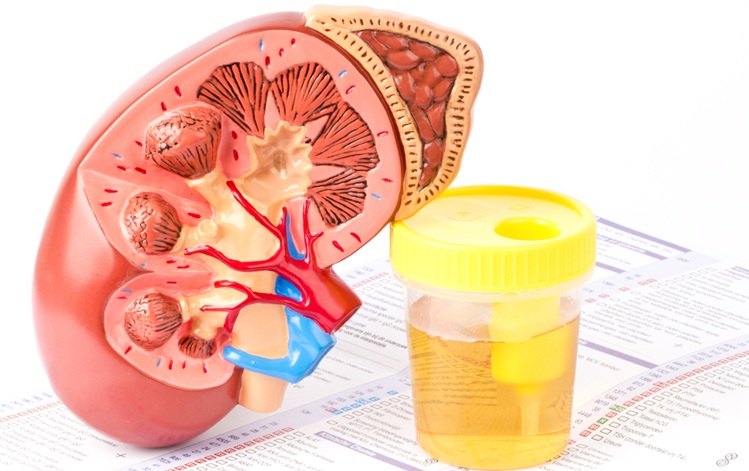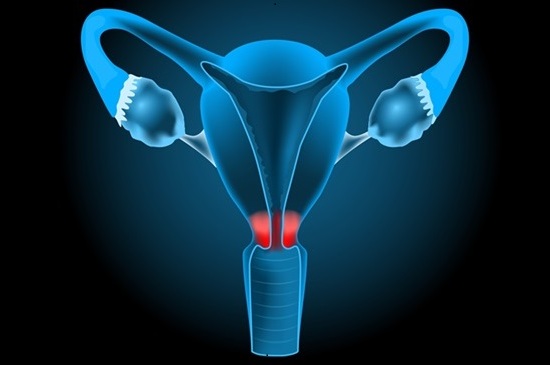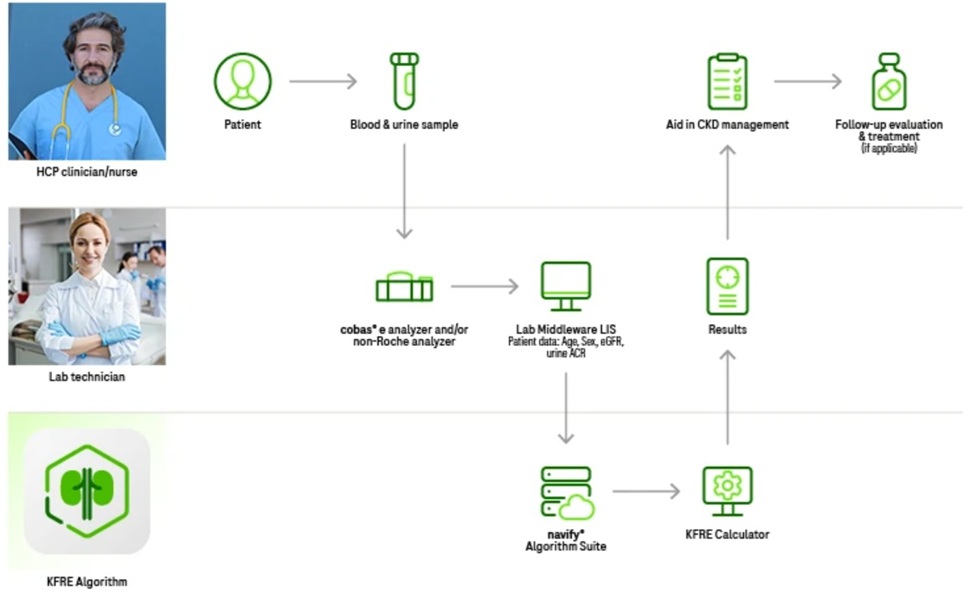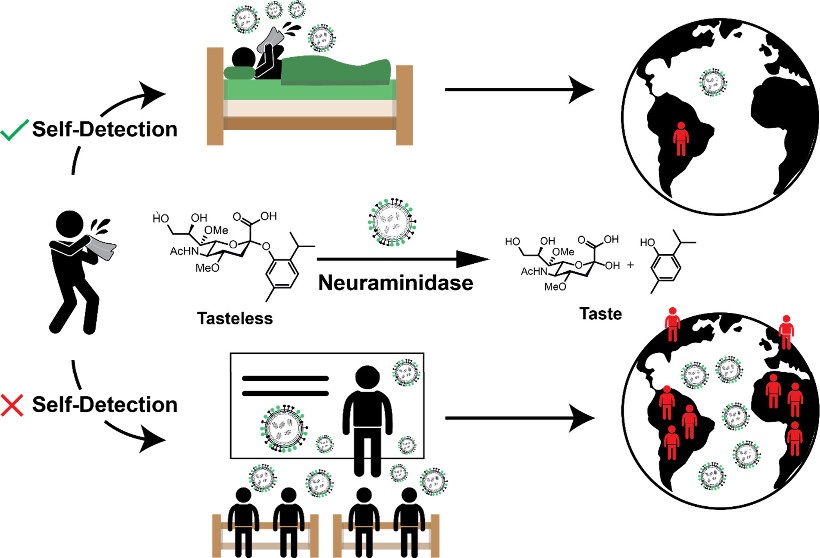Exhaled Nitrous Oxide Adjunct Test Diagnoses Asthma
|
By LabMedica International staff writers Posted on 04 Jan 2018 |

Image: The fractional exhaled nitric oxide (FeNO) concentration test is a quick and simple test and a valuable tool to assist in the diagnosis of asthma (Photo courtesy of Talkhealth Partnership).
Although about 24 million Americans are diagnosed with asthma every year, there is no single test that can diagnose the disease and common symptoms, such as shortness of breath, wheezing, and cough, are relatively nonspecific.
Various tests, including bronchodilator response and positive results on bronchial challenge, may be used by clinicians to aid in the diagnosis of asthma in the appropriate clinical context, but no single criterion standard diagnostic test exists. More recently, fractional exhaled nitric oxide (FeNO) concentration has been added to the list of tests that clinicians may use to diagnose asthma.
A team of scientists from the Mayo Clinic (Rochester, MN, USA) conducted a comprehensive literature search of six databases. The search included randomized clinical trials and observational studies that (1) enrolled patients aged five years and older with suspected asthma, (2) compared FeNO testing (diagnostic test) to standard diagnostic testing of asthma by health care professionals based on history, clinical course, or other diagnostic tests (clinical diagnosis, bronchodilator response, and positive results on bronchial challenge) (reference test), and (3) reported FeNO diagnostic accuracy.
The team included 43 studies with a total of 13,747 patients. In adults, using FeNO cutoffs of less than 20, 20 to 29, 30 to 39, and 40 or more parts per billion (ppb), FeNO testing had sensitivities of 0.80, 0.69, 0.53, and 0.41, respectively, and specificities of 0.64, 0.78, 0.85, and 0.93, respectively. In children, using FeNO cutoffs of less than 20 and 20 to 29 ppb, FeNO testing had sensitivities of 0.78 and 0.61, respectively, and specificities of 0.79 and 0.89, respectively. Depending on the FeNO cutoff, the posttest odds of having asthma with a positive FeNO test result increased by 2.80-fold to 7.00-fold. Diagnostic accuracy was modestly better in corticosteroid-naive asthmatics, children, and nonsmokers than in the overall population.
M. Hassan Murad, MD, MPH, the lead investigator of the study, said, “Asthma can sometimes be difficult to diagnose, and FeNO can be helpful to make therapeutic decisions more evidence based. In addition to a patient's history, the initial test is usually spirometry with an assessment of bronchodilator response. If this test does not confirm the diagnosis, but the index of suspicion for asthma is still high, measurement of FeNO may be helpful to rule in disease; although will still miss some patients with asthma.” The study was published on December 20, 2017, in the journal Mayo Clinic Proceedings.
Related Links:
Mayo Clinic
Various tests, including bronchodilator response and positive results on bronchial challenge, may be used by clinicians to aid in the diagnosis of asthma in the appropriate clinical context, but no single criterion standard diagnostic test exists. More recently, fractional exhaled nitric oxide (FeNO) concentration has been added to the list of tests that clinicians may use to diagnose asthma.
A team of scientists from the Mayo Clinic (Rochester, MN, USA) conducted a comprehensive literature search of six databases. The search included randomized clinical trials and observational studies that (1) enrolled patients aged five years and older with suspected asthma, (2) compared FeNO testing (diagnostic test) to standard diagnostic testing of asthma by health care professionals based on history, clinical course, or other diagnostic tests (clinical diagnosis, bronchodilator response, and positive results on bronchial challenge) (reference test), and (3) reported FeNO diagnostic accuracy.
The team included 43 studies with a total of 13,747 patients. In adults, using FeNO cutoffs of less than 20, 20 to 29, 30 to 39, and 40 or more parts per billion (ppb), FeNO testing had sensitivities of 0.80, 0.69, 0.53, and 0.41, respectively, and specificities of 0.64, 0.78, 0.85, and 0.93, respectively. In children, using FeNO cutoffs of less than 20 and 20 to 29 ppb, FeNO testing had sensitivities of 0.78 and 0.61, respectively, and specificities of 0.79 and 0.89, respectively. Depending on the FeNO cutoff, the posttest odds of having asthma with a positive FeNO test result increased by 2.80-fold to 7.00-fold. Diagnostic accuracy was modestly better in corticosteroid-naive asthmatics, children, and nonsmokers than in the overall population.
M. Hassan Murad, MD, MPH, the lead investigator of the study, said, “Asthma can sometimes be difficult to diagnose, and FeNO can be helpful to make therapeutic decisions more evidence based. In addition to a patient's history, the initial test is usually spirometry with an assessment of bronchodilator response. If this test does not confirm the diagnosis, but the index of suspicion for asthma is still high, measurement of FeNO may be helpful to rule in disease; although will still miss some patients with asthma.” The study was published on December 20, 2017, in the journal Mayo Clinic Proceedings.
Related Links:
Mayo Clinic
Latest Clinical Chem. News
- VOCs Show Promise for Early Multi-Cancer Detection
- Portable Raman Spectroscopy Offers Cost-Effective Kidney Disease Diagnosis at POC
- Gold Nanoparticles to Improve Accuracy of Ovarian Cancer Diagnosis
- Simultaneous Cell Isolation Technology Improves Cancer Diagnostic Accuracy
- Simple Non-Invasive Hair-Based Test Could Speed ALS Diagnosis
- Paper Strip Saliva Test Detects Elevated Uric Acid Levels Without Blood Draws
- Prostate Cancer Markers Based on Chemical Make-Up of Calcifications to Speed Up Detection
- Breath Test Could Help Detect Blood Cancers
- ML-Powered Gas Sensors to Detect Pathogens and AMR at POC
- Saliva-Based Cancer Detection Technology Eliminates Need for Complex Sample Preparation
- Skin Swabs Could Detect Parkinson’s Years Before Symptoms Appear
- New Clinical Chemistry Analyzer Designed to Meet Growing Demands of Modern Labs

- New Reference Measurement Procedure Standardizes Nucleic Acid Amplification Test Results
- Pen-Like Tool Quickly and Non-Invasively Detects Opioids from Skin
- Simple Urine Test Could Detect Multiple Cancers at Early Stage
- Earwax Test Accurately Detects Parkinson’s by Identifying Odor Molecules
Channels
Molecular Diagnostics
view channel
Urine Test Could Replace Painful Kidney Biopsies for Lupus Patients
Lupus is an autoimmune disorder that causes the immune system to attack the body’s own tissues and organs. Among the five million people living with lupus globally, nearly half develop lupus nephritis,... Read more
Blood Test Guides Post-Surgical Immunotherapy for Muscle-Invasive Bladder Cancer
After surgery for muscle-invasive bladder cancer, many patients face uncertainty about whether residual cancer cells remain in their bodies. Now, a new international phase 3 study has demonstrated that... Read more
Mitochondrial DNA Mutations from Kidney Stressors Could Predict Future Organ Decline
Kidney-related diseases are alarmingly common: chronic kidney disease (CKD) affects more than one in seven U.S. adults, while about 20% of hospitalized adults are diagnosed with acute kidney injury (AKI).... Read moreHematology
view channel
Viscoelastic Testing Could Improve Treatment of Maternal Hemorrhage
Postpartum hemorrhage, severe bleeding after childbirth, remains one of the leading causes of maternal mortality worldwide, yet many of these deaths are preventable. Standard care can be hindered by delays... Read more
Pioneering Model Measures Radiation Exposure in Blood for Precise Cancer Treatments
Scientists have long focused on protecting organs near tumors during radiotherapy, but blood — a vital, circulating tissue — has largely been excluded from dose calculations. Each blood cell passing through... Read more
Platelets Could Improve Early and Minimally Invasive Detection of Cancer
Platelets are widely recognized for their role in blood clotting and scab formation, but they also play a crucial role in immune defense by detecting pathogens and recruiting immune cells.... Read more
Portable and Disposable Device Obtains Platelet-Rich Plasma Without Complex Equipment
Platelet-rich plasma (PRP) plays a crucial role in regenerative medicine due to its ability to accelerate healing and repair tissue. However, obtaining PRP traditionally requires expensive centrifugation... Read moreImmunology
view channel
Molecular Microscope Diagnostic System Assesses Lung Transplant Rejection
Lung transplant recipients face a significant risk of rejection and often require routine biopsies to monitor graft health, yet assessing the same biopsy sample can be highly inconsistent among pathologists.... Read more
Blood Test Tracks Treatment Resistance in High-Grade Serous Ovarian Cancer
High-grade serous ovarian cancer (HGSOC) is often diagnosed at an advanced stage because it spreads microscopically throughout the abdomen, and although initial surgery and chemotherapy can work, most... Read more
Luminescent Probe Measures Immune Cell Activity in Real Time
The human immune system plays a vital role in defending against disease, but its activity must be precisely monitored to ensure effective treatment in cancer therapy, autoimmune disorders, and organ transplants.... Read more
Blood-Based Immune Cell Signatures Could Guide Treatment Decisions for Critically Ill Patients
When a patient enters the emergency department in critical condition, clinicians must rapidly decide whether the patient has an infection, whether it is bacterial or viral, and whether immediate treatment... Read moreMicrobiology
view channel
Fast Noninvasive Bedside Test Uses Sugar Fingerprint to Detect Fungal Infections
Candida bloodstream infections are a growing global health threat, causing an estimated 6 million cases and 3.8 million deaths annually. Hospitals are particularly vulnerable, as weakened patients after... Read more
Rapid Sepsis Diagnostic Device to Enable Personalized Critical Care for ICU Patients
Sepsis is a life-threatening condition that occurs when the body’s response to infection spirals out of control, damaging organs and leading to critical illness. Patients often arrive at intensive care... Read morePathology
view channel
AI-Powered Method Combines Blood Data to Accurately Measure Biological Age
Chronological age tells us how many years we’ve lived, but not how quickly our bodies are ageing. Some people stay healthy well into their 80s or 90s, while others experience decline much earlier.... Read more
AI Tool Detects Cancer in Blood Samples In 10 Minutes
Detecting cancer recurrence or spread often depends on identifying rare tumor cells circulating in the bloodstream — a process known as a liquid biopsy. However, current methods rely on trained specialists... Read moreTechnology
view channel
Viral Biosensor Test Simultaneously Detects Hepatitis and HIV
Globally, over 300 million people live with Hepatitis B and C, and 40 million with HIV, according to WHO estimates. Diagnosing bloodborne viruses such as HIV and Hepatitis B and C remains challenging in... Read more
Acoustofluidic Device to Transform Point-Of-Care sEV-Based Diagnostics
Rapid and sensitive detection of small extracellular vesicles (sEVs)—key biomarkers in cancer and organ health monitoring—remains challenging due to the need for multiple preprocessing steps and bulky... Read moreIndustry
view channel
Advanced Instruments Merged Under Nova Biomedical Name
Advanced Instruments (Norwood, MA, USA) and Nova Biomedical (Waltham, MA, USA) are now officially doing business under a single, unified brand. This transformation is expected to deliver greater value... Read more







 assay.jpg)









